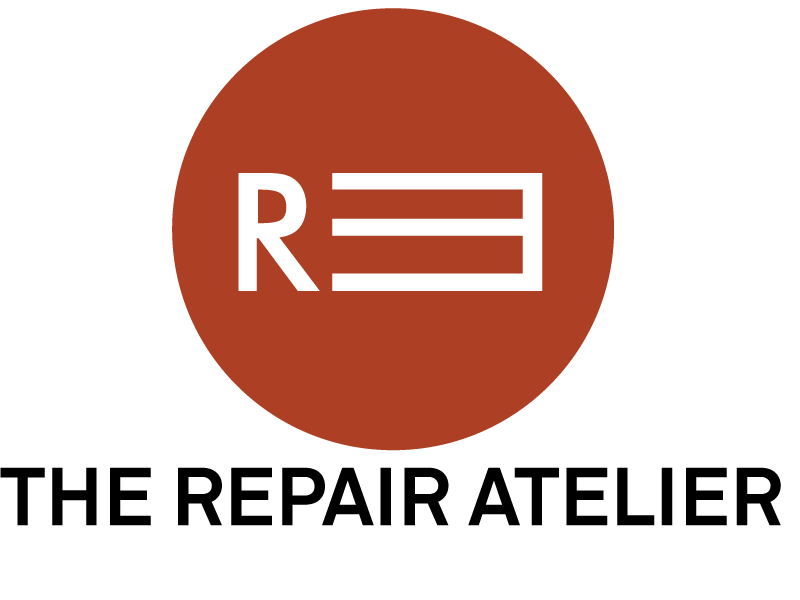On Gambiarra
By Fred Paulino
Gambiarra is the name given in Brazil to the practice of carrying out repairs and inventions using alternative materials, improvisation, and a sense of spontaneous and immediate creativity. A gambiarra is a temporary solution that can turn out to be permanent.
Gambiarra is universal and part of the country’s culture, whether in rural or urban areas, and it subtly articulates ideas that are relevant to contemporary life, such as the reuse of materials, DIY, open source, and repair practices. We don’t make gambiarras just because we need to, but also because we like it. Simultaneously gambiarras are both the Brazilian’s salvation and failure. While gambiarras reveal an innate ability to solve practical problems in the most adverse situations (extreme adaptability), they expose the ills of a society historically left to neglect—by the colonizers, by the elites—and that, therefore, often conforms to the vagueness of temporary responses to chronic problems. Brazilians even boast frequently about it, as if this supposed “strategic differential” was an expanded capacity for survival—compensating for the historical delay. The contemporary world solemnly distances us from dealing with objects, tools, and the materiality of existence, impelling us to digital interfaces in place of gambiological practices. However, as long as there is Brazilianness—the ingenuity for making and doing with less—and economic resources are limited or in the hands of only a few, there will be gambiarras.

